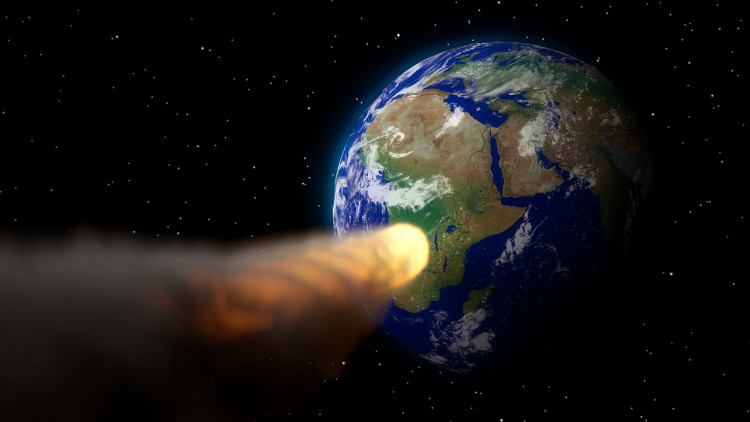Another near-Earth object (NEO) is set to make a close flyby today, Jan. 12. The asteroid, called 2021 AX1 was only discovered recently by Mt. Lemmon Survey astronomers in Tucson, Arizona.
NASA has announced that the asteroid is currently near Earth's orbit and will hit its nearest point today, Jan. 12. The space rock will continue towards the Sun, past Earth and Venus before circling the Sun and going back out.
At that point, 2021 AX1 would be just 1.5 times the distance the Moon is from Earth. Although this is equal to 358,205 miles, it is still close enough to be called a NEO by NASA.
Asteroid 2021 AX1 is 11 meters wide, moving at an incredible 9.1 kilometers per second. This is about 32,760 kilometers per hour. If somehow, it hits Earth's atmosphere, the space rock will simply burn up. But the space agency has confirmed that it will not have an impact. And if the asteroid was on a collision course with our planet, it would pose no risk.
NEOs are relics of the solar system, and NASA will use them to research the past of our host star and its orbiting planets.
NASA said on its JPL website, "NEOs are comets and asteroids that have been spurred on by the gravitational attraction of nearby planets to orbits that allow them to enter Earth's neighborhood."
Scientific interest in comets and asteroids is primarily due to their position as comparatively untouched remnant debris from the solar system formation period around 4.6 billion years ago. The giant outer planets (Jupiter, Saturn, Uranus, and Neptune) created by the agglomeration of billions of comets and the leftover bits and pieces of this type of formation are the comets we see today.
NASA continues that today's asteroids are the bits and pieces left behind from the early agglomeration of the inner planets Mercury, Venus, Earth, and Mars. As the primitive, left-over building blocks of the solar system forming process, comets and asteroids provide clues to the chemical mixture that planets created some 4.6 billion years ago.
If we want to know the composition of the primordial mixture from which the planets formed, we need to determine the chemical components of the remaining debris from this phase of formation, which are the comets and asteroids.
In December, Japan's Hayabusa2 mission successfully returned samples from asteroid Ryugu. Scientists aim to discover more of the solar system's history by studying the acquired samples.





